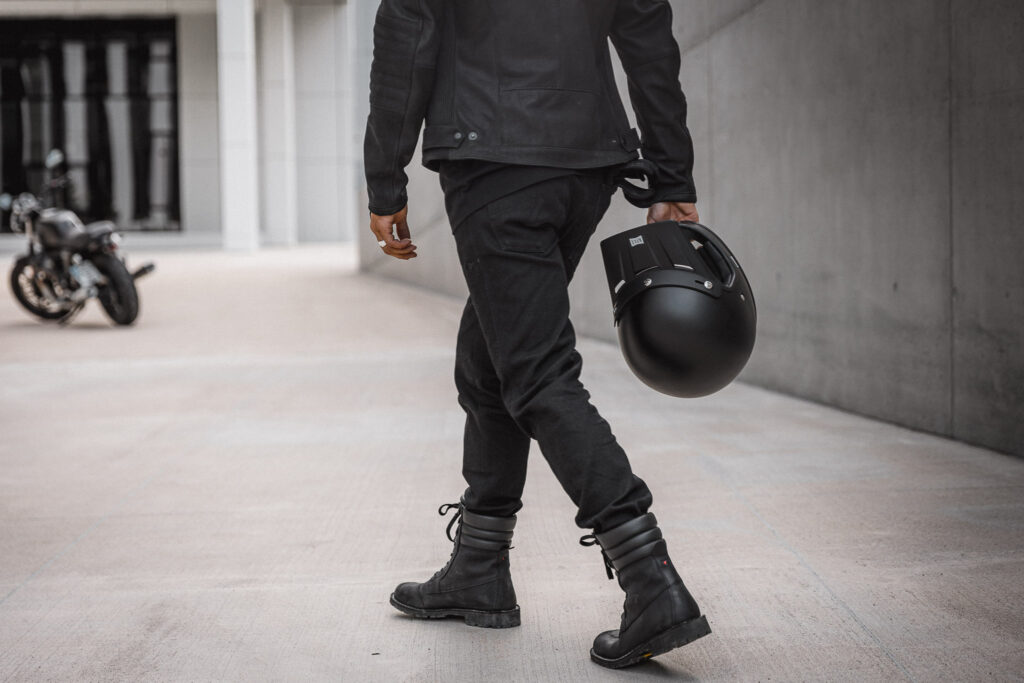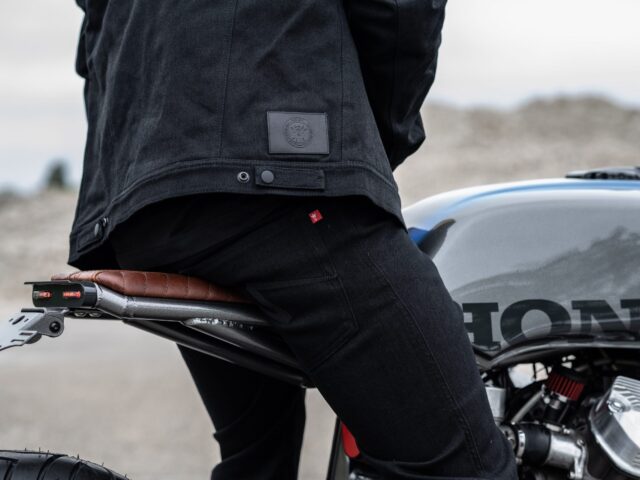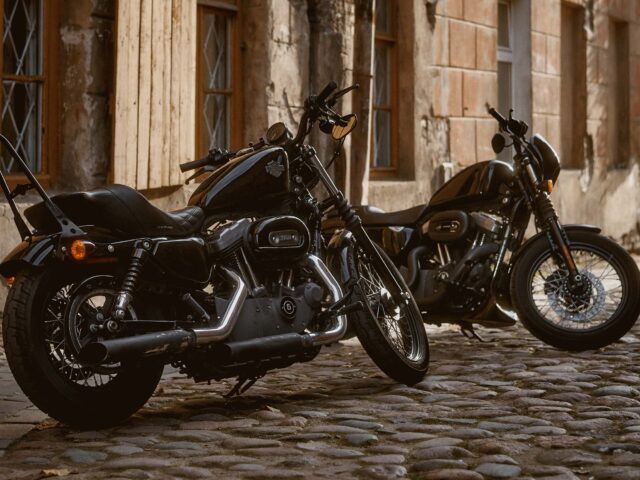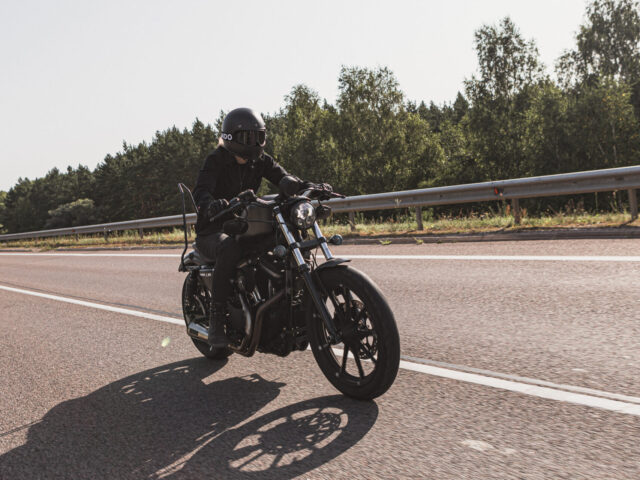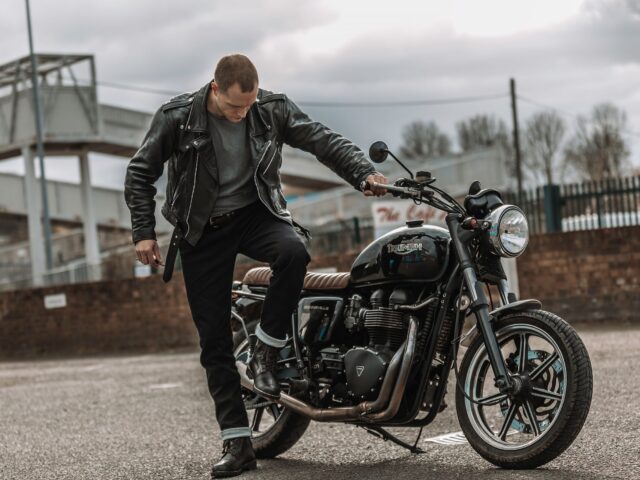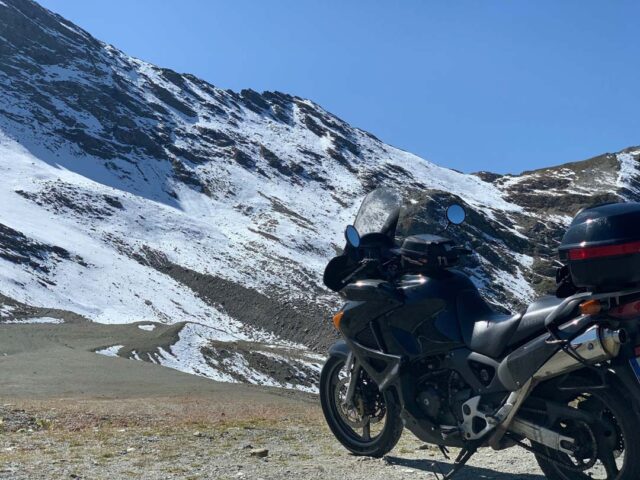How to Ride a Motorcycle For Beginners. Take These Three Easy Steps
May 12, 2022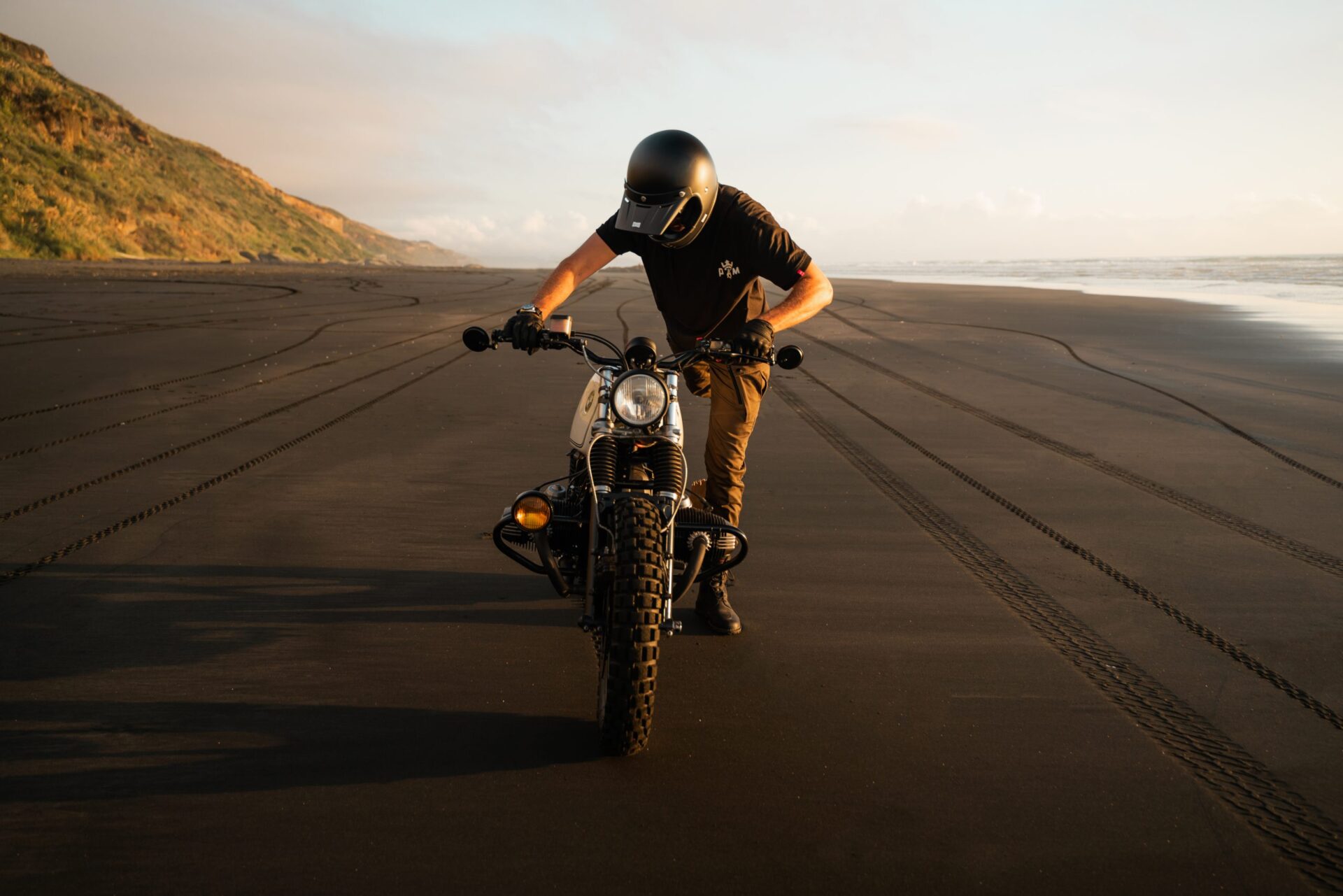
Learning to ride a motorcycle is probably easier than you think if you’re a beginner. At the same time, mastering it is hard – it’s safe to say that nobody is ever finished learning to ride a motorcycle. But we’ll help you set a roadmap to learn the basics of riding a motorcycle so you can join us on this never-ending journey!
Learn the rules of the road
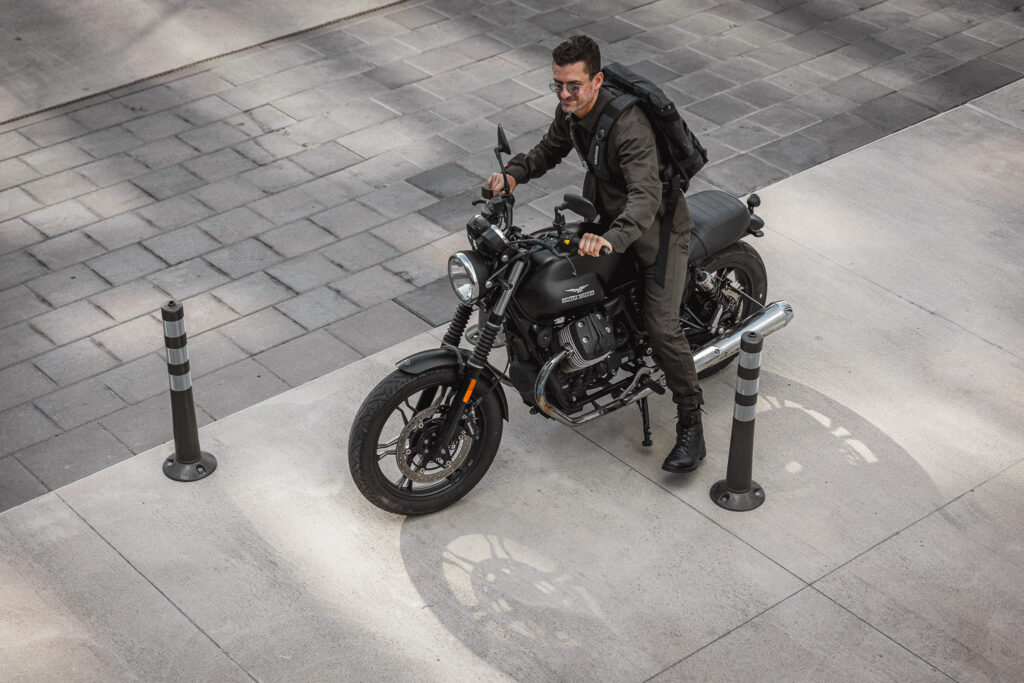
Learning the rules of the road as a motorcyclist has more to it than meets the eye. There are two aspects here – what the law says and what society says.
- The law: This one’s easy if you already drive a car, but even then, a refresher is a good idea. You will need to adhere to local traffic laws to pass your motorcycle exam and get a license. On a more basic laws, you need to know those laws so you can stay safe on the road and not run into any trouble or danger.
- Society: It’s one thing to know the rules, and another thing to know how drivers and riders behave in your area. Visit a local club, look up a national biker forum, or find a group on facebook and listen to what people have to say. Their experiences can teach you things about how to behave on your bike that the law may not cover.
Learn the controls

If you’re learning to ride a motorcycle for the first time, it’ll help if you already know how to drive a car stick shift. Even if you don’t, however, it’s not too complicated. It has all the same stuff – the trick is getting to know what is where.
We won’t try to teach you how to use a motorcycle’s gearbox in a blog post, but we will share some basic tips with you. Bear in mind – the following is true for most motorcycles but not all of them. Check the manual or perform some safe tests before you proceed:
- The left handlebar lever is the clutch;
- The right handlebar lever is the front wheel brake;
- The left-foot lever is the gearbox lever;
- The right-foot lever is the rear wheel brake;
- The right-hand grip is the throttle.
We won’t tell you how to put it all together and ride the bike because, at this point, we need to strongly recommend getting some classes to learn to ride a motorcycle. A friend or family member guiding you and teaching you is good, but a professional teacher will be better.
What we can tell you is that very little carries over from driving a car. First of all, the gearbox is quite different. The gears are sequential, meaning you have to shift into or past a gear to reach the next gear. Their order can also seem curious at first, as they go first -> neutral -> second, etc.
None of your muscle memory will carry over from driving a car, either, so again – you should probably go for professional training. Sitting on a motorcycle is different, too – you need to maintain balance and help control it by shifting your body weight and moving with the bike.
Learn the mindset
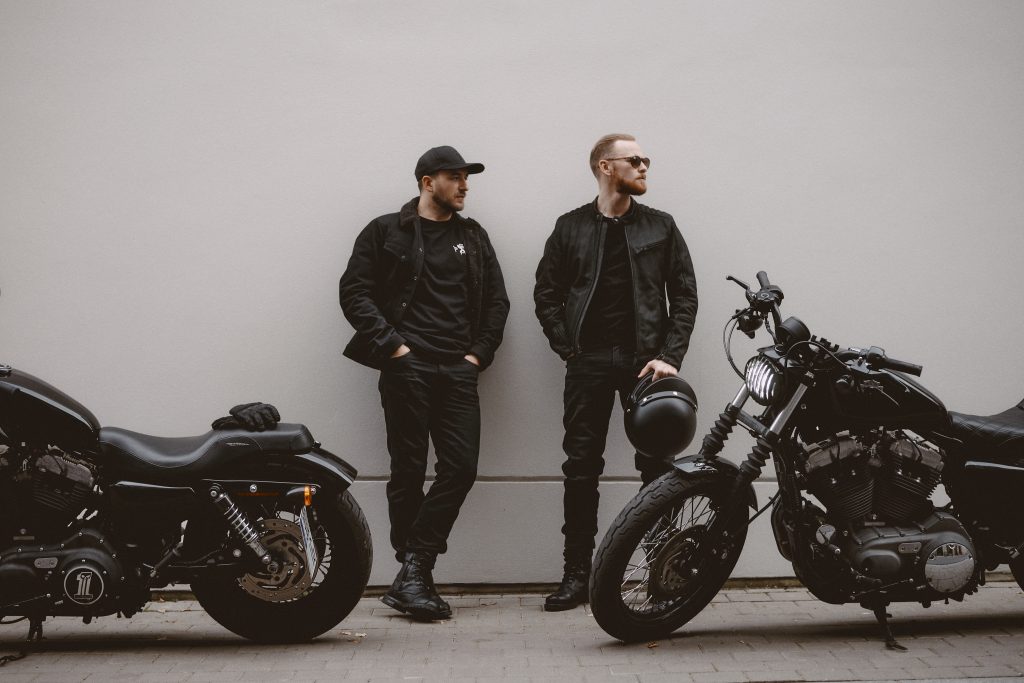
Motorcycle riders need to think differently than car drivers do, and there are different things they need to know to stay safe on the road. Here’s some key wisdom you need to know to have a good time on a motorcycle:
- Poor traction: Cars have shorter stopping distances than motorcycles do because they have more and larger tires gripping the road. Furthermore, if only one of your motorcycle wheels loses traction during a stop, falling is far more likely. You need to account for this when choosing how fast you want to ride and what kind of distance you want to maintain from other drivers.
- Road conditions: With less wheels on the road and with balance entering the equation, road conditions become way more important. Deep puddles of rainwater might slow a car down, but they’ll crash a motorcycle if you’re going too fast. Road paint and asphalt patches become slippery when wet. Exposed ridges on the road surface of certain bridges can be dangerous for certain types of tires. Potholes become both more dangerous but also easier to avoid.
- Vulnerability: We do everything we can to avoid collisions on the road, but it’s obvious that in any collision with a vehicle, the motorcycle and its rider will be on the losing end. That’s why it can help to adopt what I like to call a “pedestrian mindset”. Consider someone trying to cross the road at a crosswalk. They may legally have the right of way, but they still need to watch what cars on the road are doing. Your right of way means nothing if an approaching vehicle doesn’t see you or decides to ignore you.
- Focus is key: What all of this means is that riding a motorcycle has to be a fully engaged and focused activity. You can’t send an SMS, you can’t spend much time admiring the scenery, you can’t daydream too much. 99% of the time, you need to be dialed in and focused entirely on the act of riding. But at the end of the day, that might be what we all love about it.
Learn to ride a motorcycle!
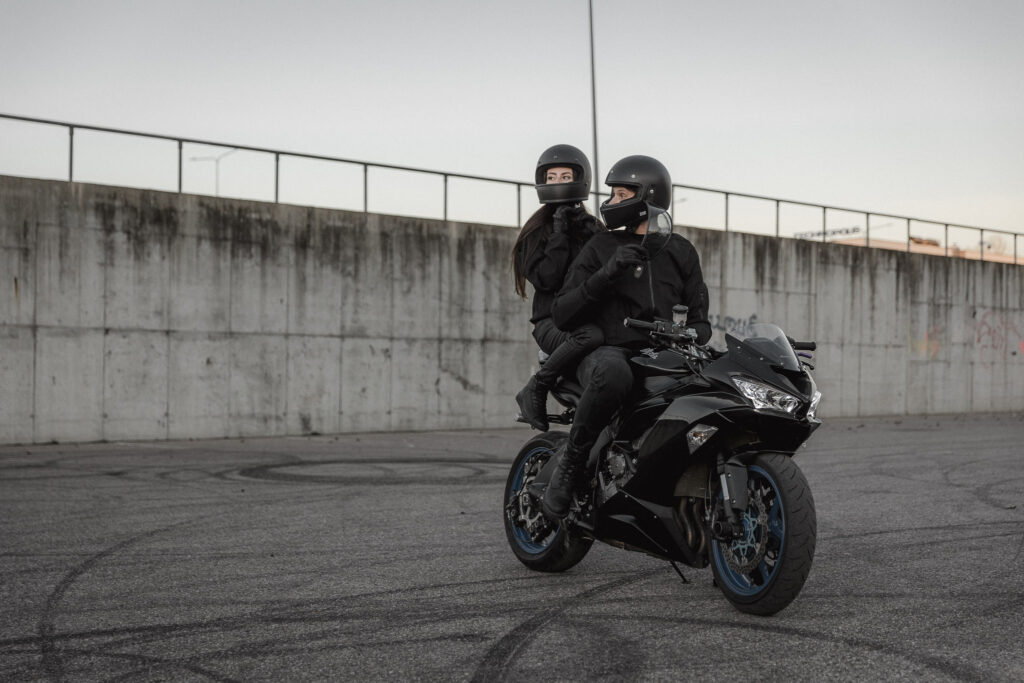
Now that you’ve got all of the basic components, it’s time to put it all together and ride! Like we said, learning to ride a motorcycle is a life-long learning experience. Always find time to practice skills and maneuvers that will enable you to have more fun and stay safe while riding.
Ride within your skill level as well – one of the deadliest mistakes can be to try to follow or emulate a more skilled rider before you have the skills required to ride the way they do.
How long does it take to learn to ride a motorcycle?
How hard it is to learn to ride a motorcycle will depend largely on how much you already know and how good you are at learning. Plus, learning to ride a motorcycle is a life-long undertaking. But at a bare minimum, it will take you as long as it takes for you to pass your rider’s exam and receive your license.
The standards and procedures may vary between countries, so we can’t say how long it’ll take you to get your license. We can, however, share a few thoughts on how long it might take you to learn the skills you need to get your license.
- Do you know how to ride a bicycle? If not, learning to ride a balancing vehicle will be one additional hurdle you need to clear.
- Do you have a driver’s license? You may still be required to pass a traffic law exam if you have a license already, but you may not have to study for it. If you’re starting with a motorcycle license, you will need to learn the rules of the road before you can get your license.
- Do you already know how to ride a motorcycle? If you already know how to ride perfectly but don’t have a license – naughty naughty! However, it is then likely that getting a license will be easy. For most of us, however, we’ll need to learn to ride, and the time it takes to do so will vary widely from rider to rider. The only thing we can recommend is to get a well-reviewed, trustworthy, certified instructor. If you can trust them to be an excellent teacher, then the only variable left is you.
This guy – an excellent motorcycle YouTuber, by the way – has a quick 5-minute intro to motorcycle riding. We think it might take a bit longer than 5 minutes, but everything he says is gold:
Now that you know the basics of learning to ride, what else do you need to know to start riding a motorcycle?
Motorcycle rider protection
You can wear whatever you want when driving a car because there’s steel, plastic and glass protecting you. On a bike, however, your gear plays a critical role in keeping you safe and comfortable.
The five motorcycle protection essentials
- Helmet: Not only are helmets required by law in most countries, they are also the single piece of rider protective gear that prevents the most deaths. As a bonus, they’ll cut down on wind noise, keep the cold and wind off of you, and keep bugs out of your eyes and teeth. Just make sure you pick one that’s rated with the DOT, ECE 22.5, and/or Snell standard.
- Gloves: Besides comfort, there are two key reasons motorcycle gloves are a good idea. First of all, you use them to steer your motorcycle and to control the front brake and clutch. If they get slippery from the rain or stiff from the cold, you’ll be at a significant disadvantage. Second of all, when we fall, we instinctively try to break our fall with our hands. This is still true if we fall at speed, but the damage our hands can sustain will be much worse than a scrape or a bruise.
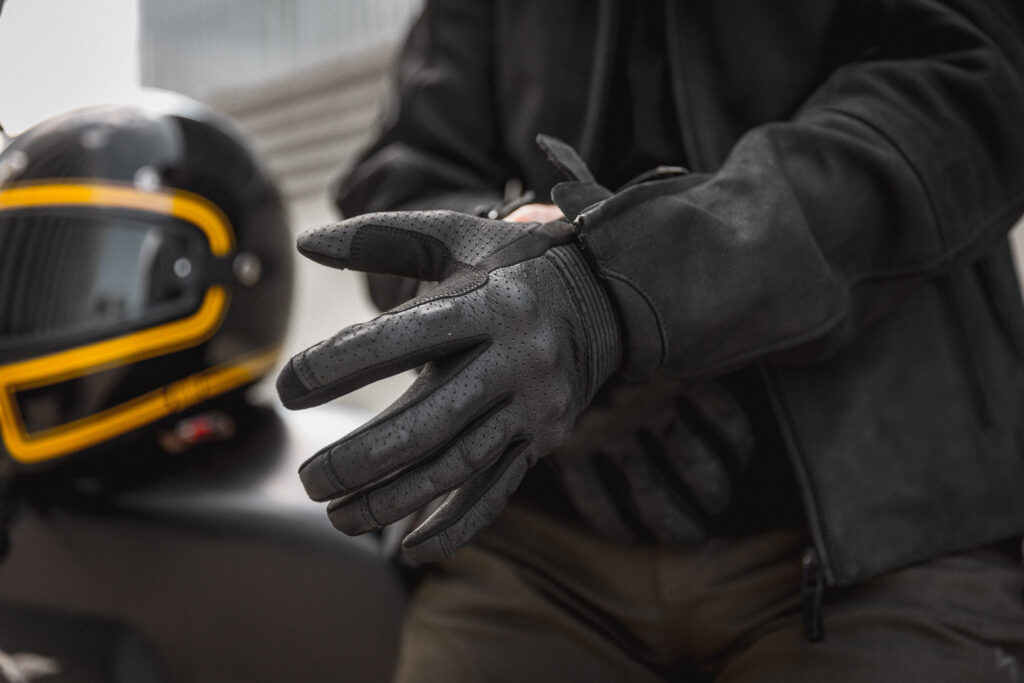
- Shoes: Not only do your feet help control the motorcycle, they’ll also touch the asphalt when you stop or if you fall. Keep them safe and comfortable by wearing motorcycle boots or motorcycle sneakers. These differ from regular shoes because they have built-in support, armor, anti-abrasives, or even thermal shielding to protect you from the elements, exhaust heat, and the potential damage a fall can cause.
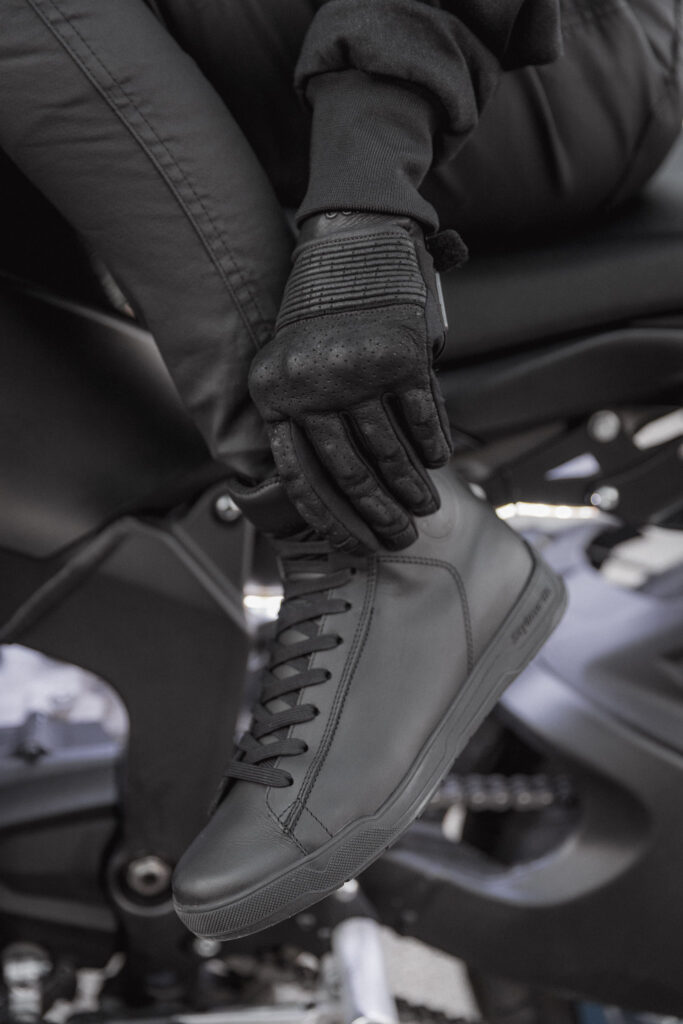
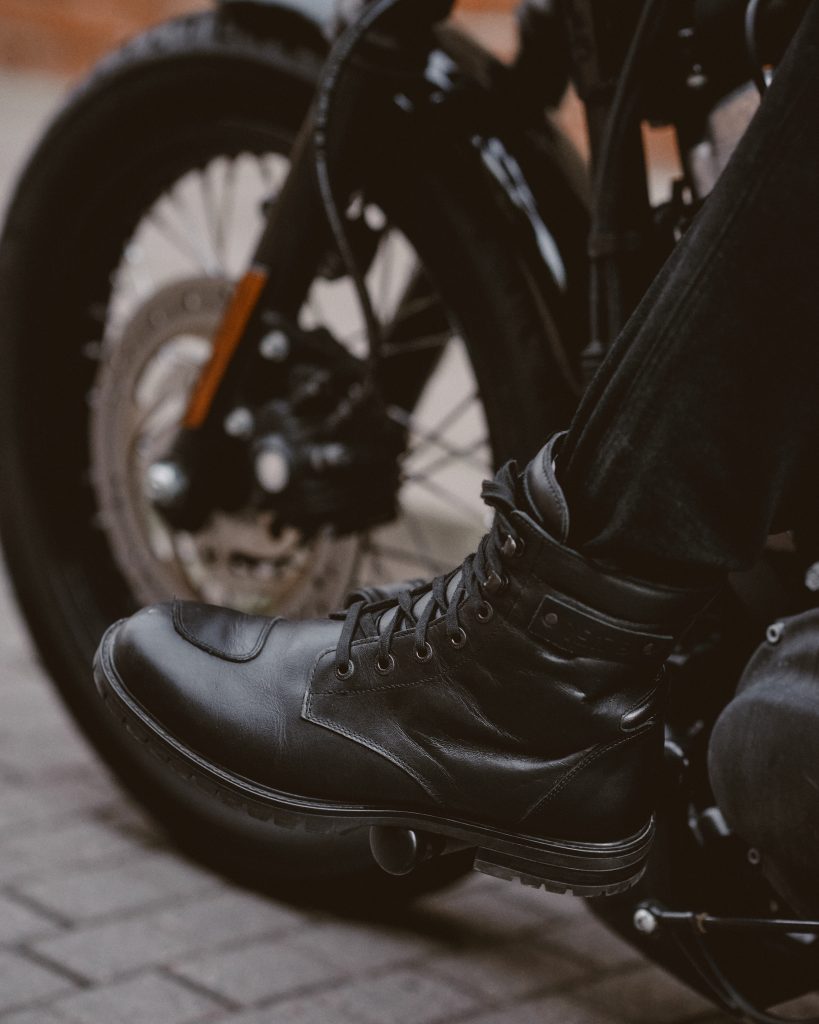
- Jacket: Your torso’s got your spine and a bunch of other organs without which life would be impossible, so protecting it is kinda important. The good news is that protective gear technology has advanced to the point that you can get a lot of safety from very light and comfortable clothing. There are even motorcycle base layers and shirts that offer a respectable level of safety.
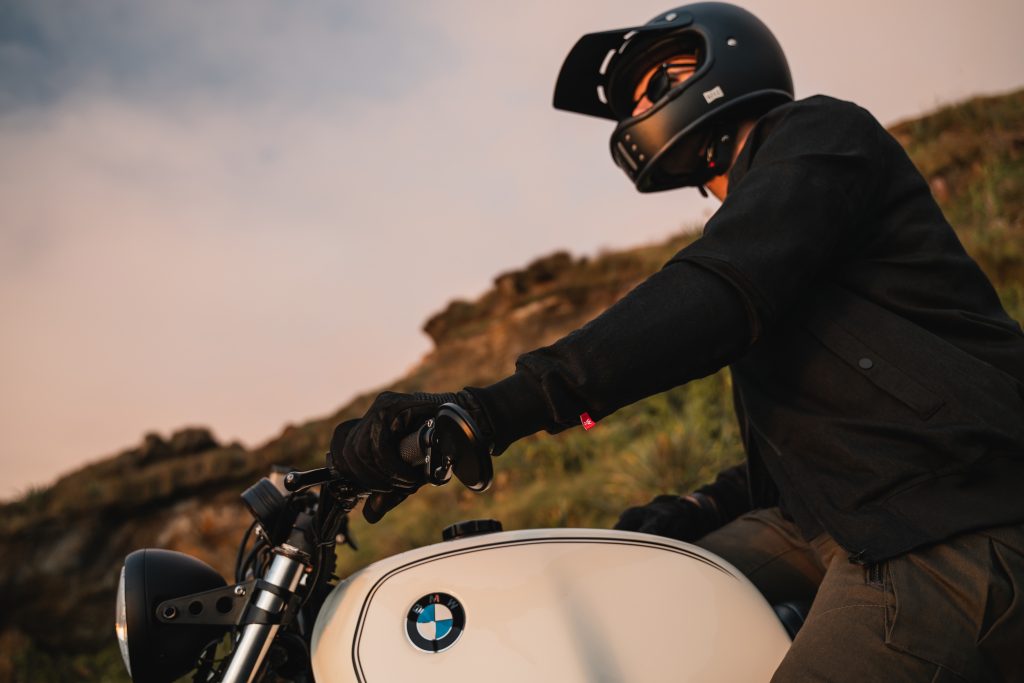
- Pants: The last piece of the puzzle is a good set of motorcycle jeans. Road rash – when riders fall and slide across the road – are nasty business, and our legs are at high risk when this happens. Anti-abrasive textiles are light and sturdy, while leather offers the best protection, and you can get them both in modern styles that can be worn comfortably and inconspicuously on and off your bike.
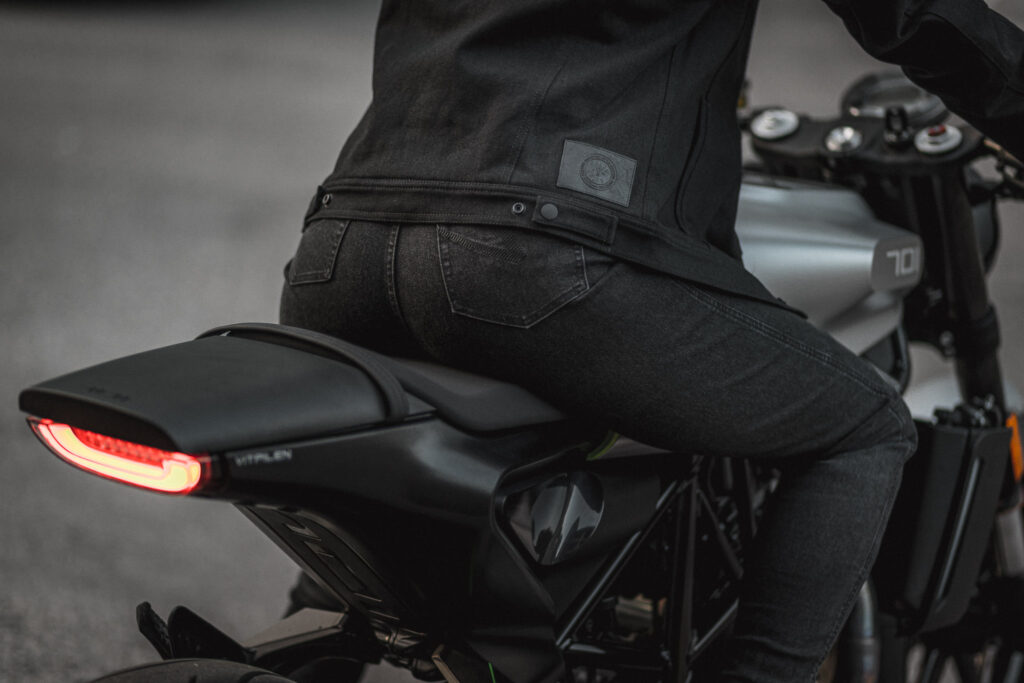
Other motorcycle learning tips
There are lots of other things you might want to consider when learning to ride a motorcycle that can impact how long it’ll take. There are also important skills that don’t fall within the scope of most basic riding courses.
Where to learn how to ride a motorcycle?
The best place to practice your motorcycle skills will be an empty lot where you can do drills without putting yourself or anyone else in danger. But for a complete learning experience, you should find a local certified riding school.
They are likely to have a gated lot where you can learn in safety under the watchful eyes of a professional teacher, and they can teach you different drills and set up cones to practice important skills safely.
How to ride a motorcycle in the rain
The short answer is – carefully. But here’s what you should actually do:
- Avoid standing water: At high speeds, standing water can cause dangerous levels of instability.
- Avoid ruts: Ruts can form channels of rainwater that will destabilize your ride.
- Avoid slippery surfaces: Most paint, metal, or road patch surfaces become slippery in the rain. The next level is to keep your eyes out for spilled chemicals like fuel, oil, transmission fluid, and other stuff leaking out from cars. Most of these can make the road slippery, and some can even stick to your tires for miles before they wear off.
- Increase brake distance and reduce turn speed: In all cases, rain will reduce your traction. This means longer braking distances and less grip when cornering a turn. Take that into account and take it slow when you ride.
Conclusion
Is learning to ride a motorcycle worth it? Hell yeah! Every ride out will put a smile on your face from ear to ear. If you’re determined to learn how to ride a motorcycle, then there are tons of resources out there to help you get started.
Find a reputable local motorcycle riding school, practice some drills, get your license, and get out there!
